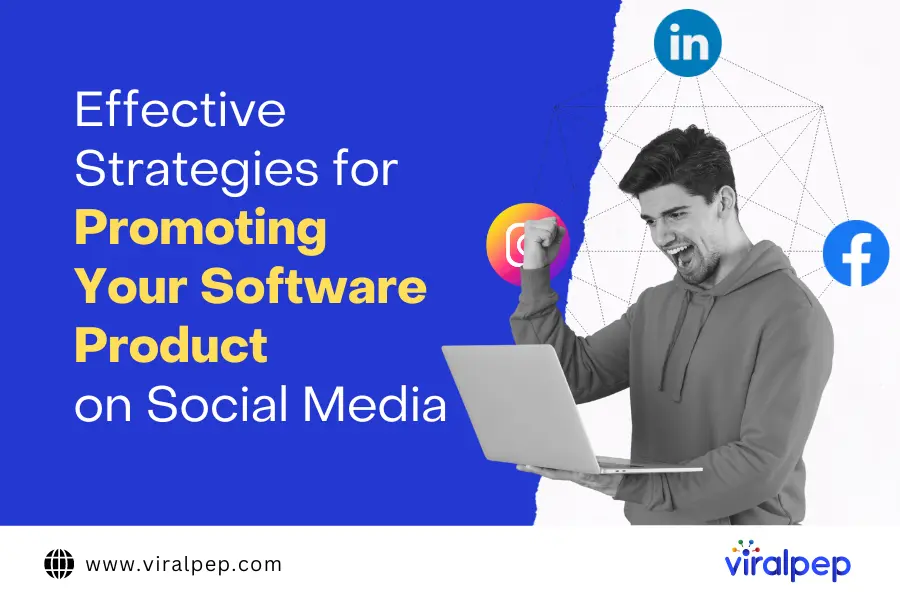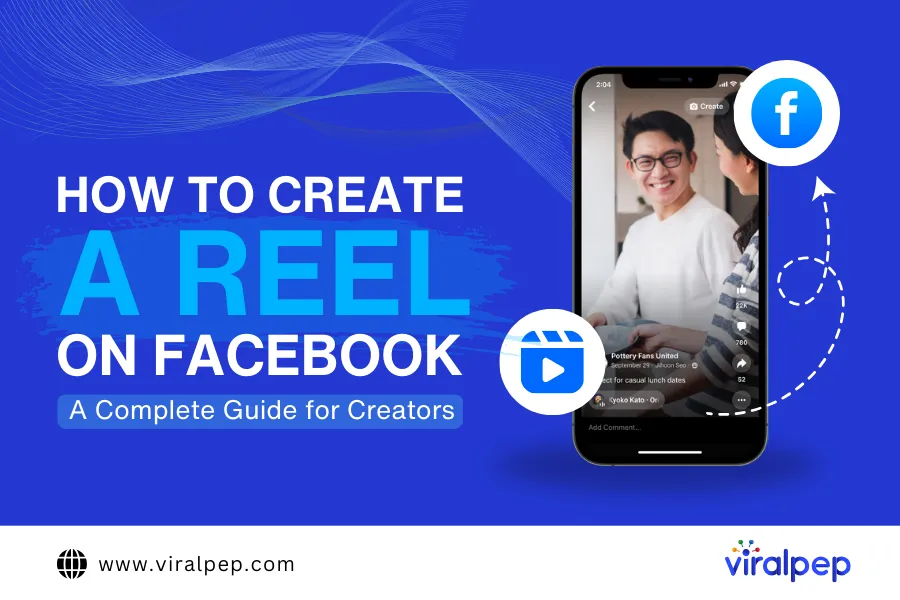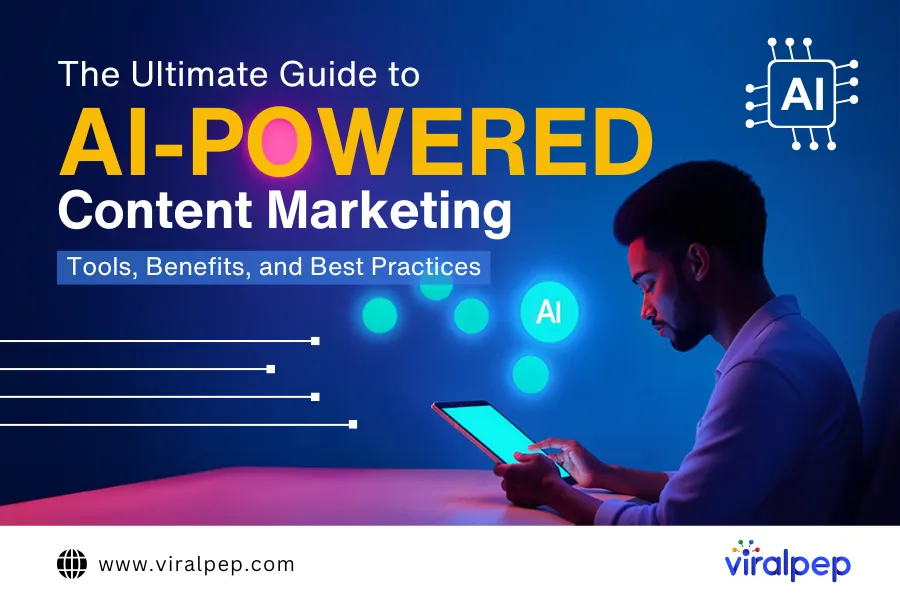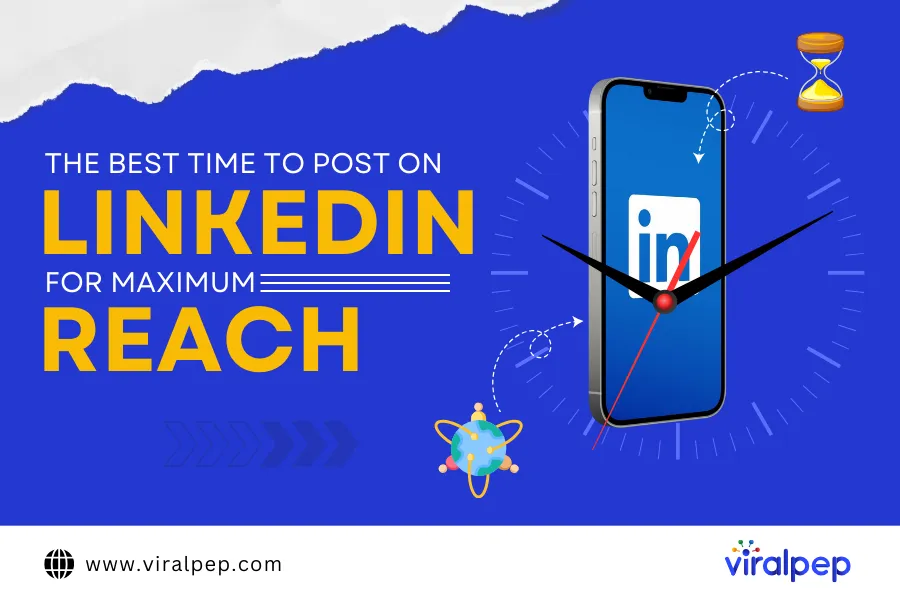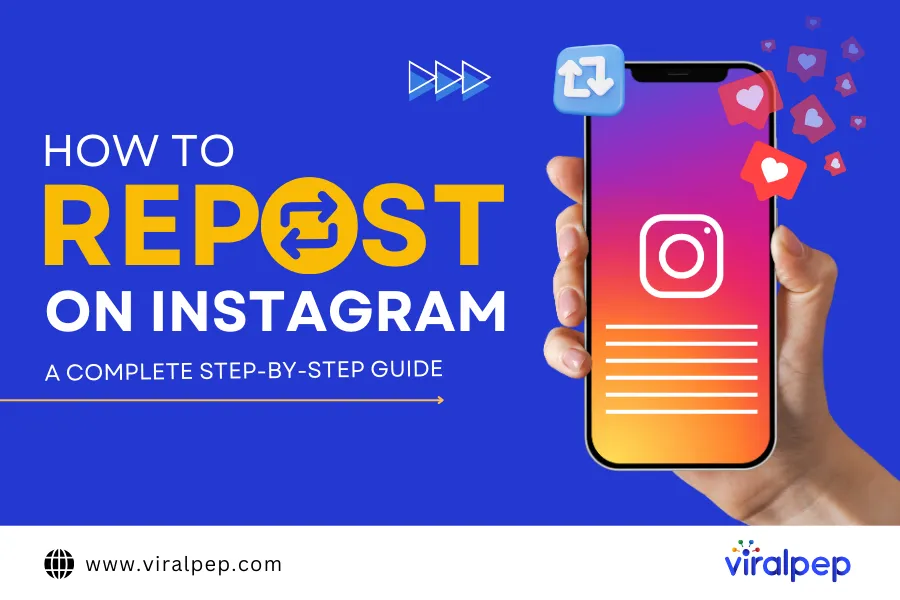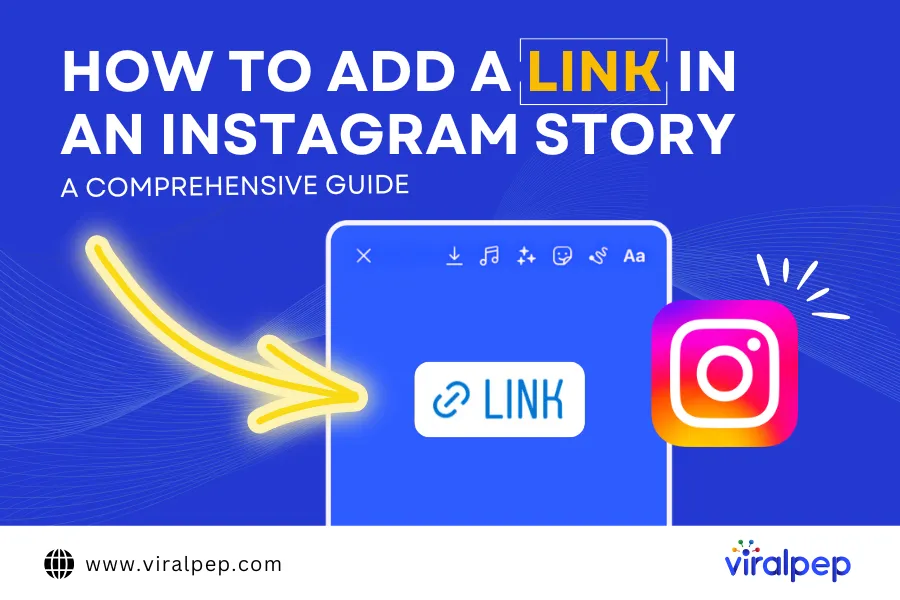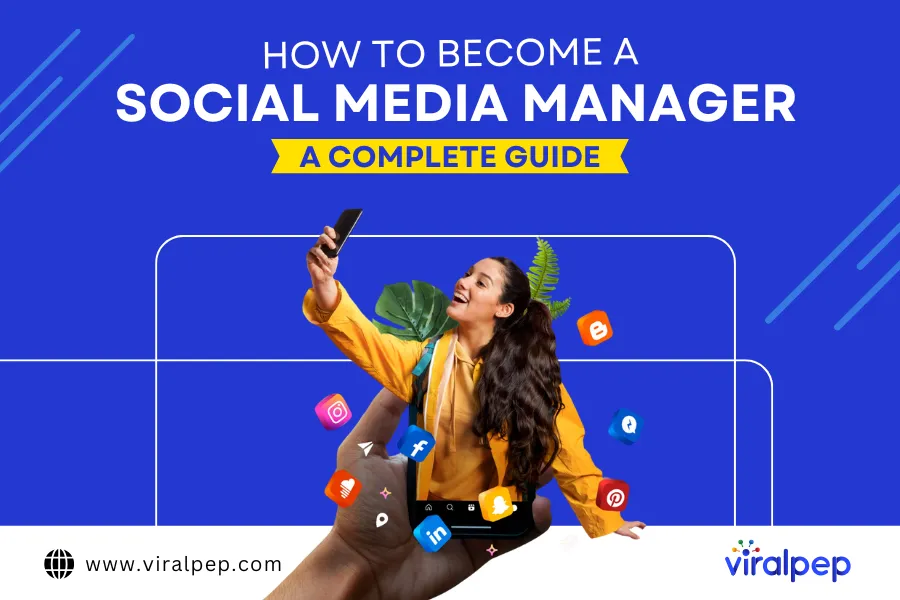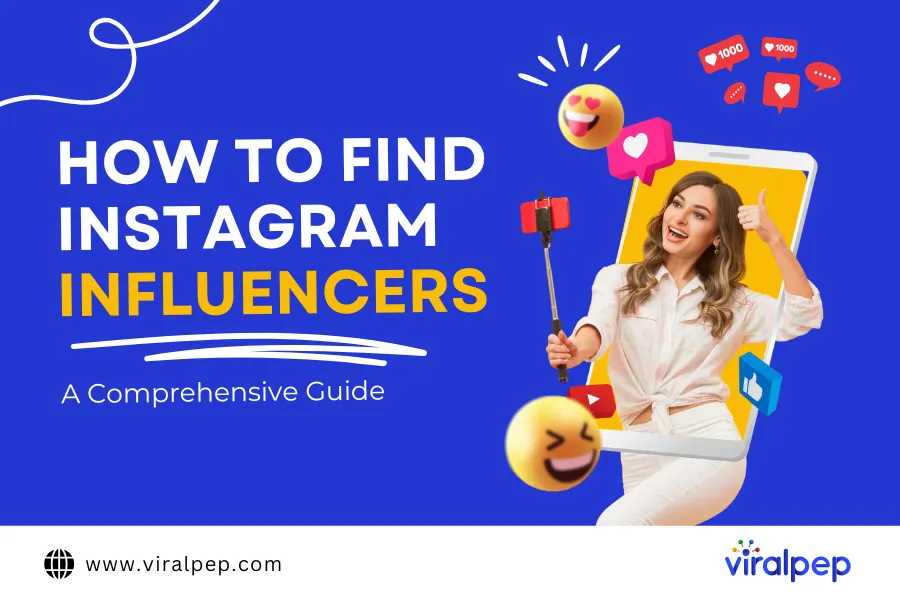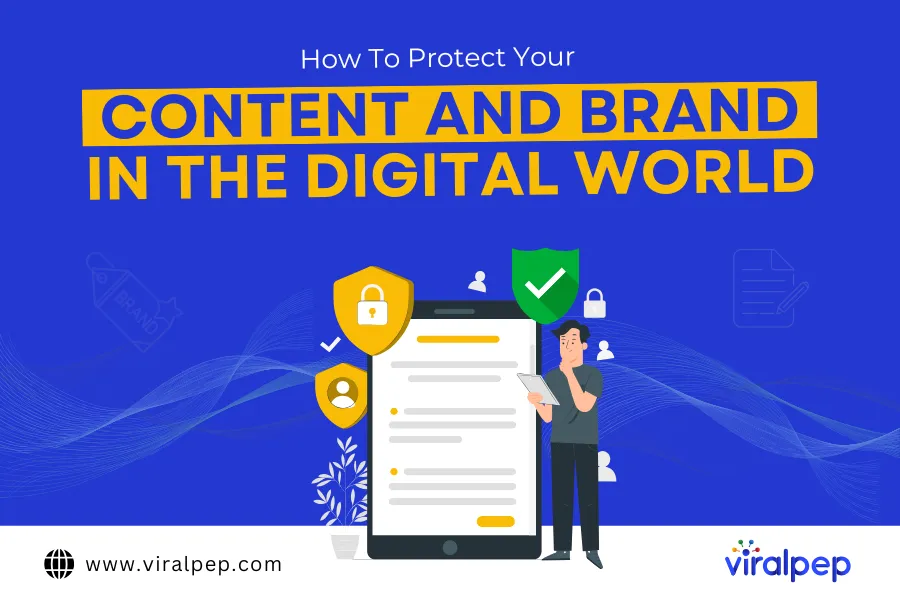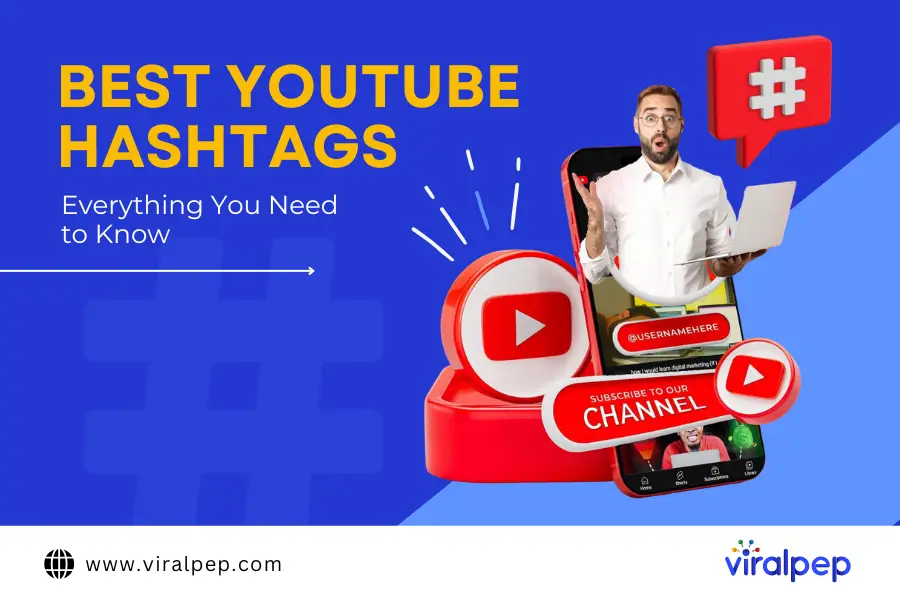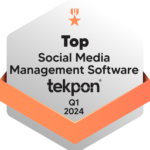The process of advertising a software product on social media is not an easy one, and it needs a lot of planning and strategising. Today, there are more than 5 billion users of social networks globally; thus, appealing to these platforms is an opportunity to increase popularity, interest, and sales.
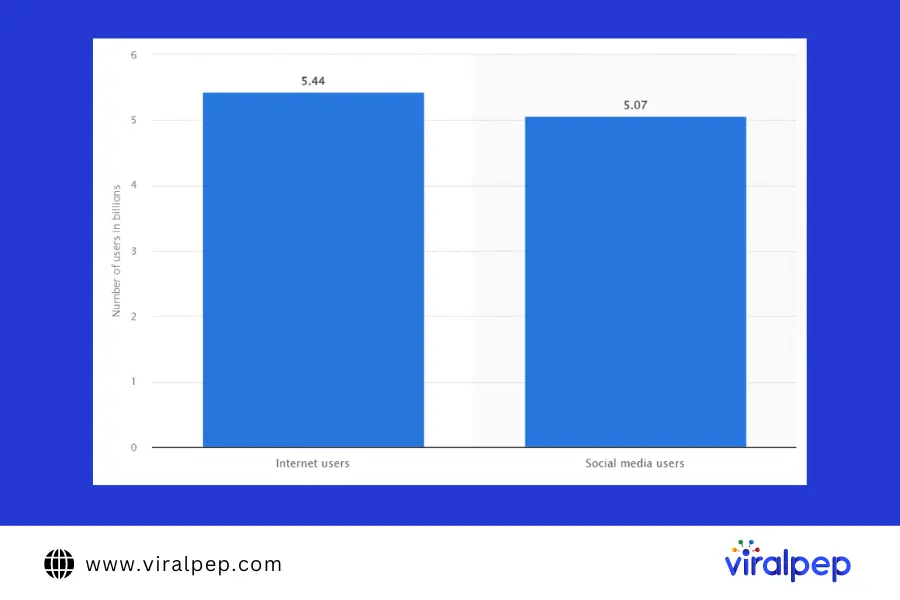
However, it also means that one needs to know when it is best to apply certain tactics and what tools are perfect for the task.
This piece gives a detailed account of how best to use social media to market software products. It includes aspects such as choosing the right platforms and target groups, selecting appropriate content formats, using influencers, aiming for conversion and evaluating the results. Furthermore, it illustrates how solutions such as Viralpep can complement and optimize the promotion of software applications.
Choosing the Optimal Social Media Platforms
With a range of social media sites to consider, prioritizing channels based on software user demographics and product aligns outreach to relevant communities.
-
Popular Platforms
Platforms with significant market penetration, such as Facebook, Instagram, LinkedIn and Twitter, provide access to vast, diverse user bases. However, dedicated development team services need to segment audiences on each site.
For instance, while Facebook reaches over 2.9 billion people globally, its users span ages, locations and interests. Successfully connecting with potential software customers relies on targeted content and ads directed toward relevant groups.
-
Niche Platforms
Specialized social platforms frequented by software users represent additional promotion channels.
GitHub now has over 100 million developers sharing and collaborating on its code-hosting site. Promoters can build connections through shared repositories and by highlighting valuable open-source contributions.
Stack Overflow is a question-and-answer site used by over 200 million coders monthly. Contributing helpful technical advice organically raises product awareness among its engaged user base.
Reddit contains over 100,000 subreddits on specific topics, including software development channels like /r/programming, /r/webdev and /r/gamedev. Participating in discussions is an authentic way to reach over 70 million daily Reddit users.
-
Emerging Platforms
Newer apps also show promise for software promotion by attracting digitally savvy users through unique formats.
For example, TikTok has over 1.5 billion active users monthly who are drawn to its short video content. Creative ads on development tools or coding tutorial clips can educate and inspire viewers.
Twitch live streams games and other content to over 35 million daily visitors. Sponsoring developers on channels focused on making apps and modding titles spreads awareness to engaged fans.
-
Choosing Platform Mix
The ideal social media combination depends on the software product and target demographics. Business tools need a different approach than mobile games or web applications.
First, identify core customer personas and their key platforms for content consumption. Then, develop a presence across suitable sites to reach them through multiple touchpoints.
Crafting Compelling Social Media Content
Simply creating accounts across social platforms is insufficient for software promotion. The content shared must captivate audiences and compel them to engage further.
-
Educational Content
Informative social media content builds value with software users. Development tutorials, insider techniques, eBook giveaways and webinars demonstrate the expertise people seek.
For example, threads explaining coding best practices or version control draw developers. Designers engage with tips on creating interfaces and assets.
-
Entertaining Content
Balancing educational posts with lighter, enjoyable content varies the user experience. Polls, challenges, memes and relevant videos prompt community interactions and sharing.
Game developers can share humorous bug reels or fan art contests. Tools for enterprise teams might post polls asking about remote work struggles.
-
Industry Insights
Commentaries on software news and innovations show followers that your product aligns with current market needs and trends. These insights establish thought leader positioning.
For instance, development companies can analyze new languages and frameworks, while collaboration apps examine the impacts of hybrid work models. Commentaries should take a specific angle that matches product focus areas.
-
Customer Testimonials
User reviews lend credibility while demonstrating real-world applications for software. Collecting and sharing great feedback quotes and case studies is highly valuable social content.
-
Behind-the-Scenes
Give audiences a look “behind the curtain” at product development and company happenings to foster emotional connections. Photos/videos from conferences, charity events or idea hackathons build affinity.
-
Promotions and Contests
Rewarding fans for engaging with branded content incentivizes them to stay involved. Free trial giveaways, access to new features and prize contests encourage shares and help convert users.
Optimizing Social Media for Lead Generation
Promoting software products where the focus is on generating quality sales leads is one of the major objectives of advertising. Make sure social media marketing is consistent with acquiring visitor data and driving conversions.
-
Landing Pages
Including links to dedicated landing pages in the social posts helps the visitors to get more information. These pages emphasize on the value that the products bring to the table, offer demonstrations and capture the prospect’s details using lead capture forms.
Effective landing page practices include:
-
Emphasizing the primary capabilities of software and aligning the main advantages with the requirements of users
-
One of the suggestions for improving the product is to provide an option for a demonstration sign-up to enable users to interact with the product physically.
-
Obtaining contact information from the audience at the first stages, for example, through lead generation forms
-
Offering peer content such as customer success stories and other relevant cases.
-
Ensuring mobile responsiveness for optimal experience across devices
The tailored landing pages built with high quality and specific to social traffic sources increase conversion rates significantly.
-
-
Conversion Ads
Social platforms like Facebook and LinkedIn enable the creation of ads focused specifically on getting conversions to landing pages. Their advanced targeting facilitates cost-efficient promotion to interested leads.
To optimize conversion ads:
-
Test ad variations with different text/images
-
Adjust targeting parameters to hone-in on buyer personas
-
Measure conversion event completions like email sign-ups
-
Assess click-through-rates on ads
-
Evaluate cost per conversion metric
Conversion ads allow granular campaign customization to convert social platform users into sales-qualified leads cost-effectively.
-
-
Retargeting Pixels
Installing tracking pixels on websites then enables uploading contact lists to social platforms for targeted retargeting. This reminds users across networks to return and complete desired actions.
-
Clickable Links
Linking call-to-action buttons and mentions of free trials/demos throughout social content to conversion destinations streamlines visitor sign-ups.
-
Hashtags
Incorporating strategic hashtags into posts facilitates discovery by interested prospects searching or following trending topics. For example, #softwaredevelopment or #gamedev hashtags extend reach.
Leveraging Influencers and Advocates
Influential developers, brands and fans sharing positive software experiences amplify credibility and awareness. Seek their organic advocacy or sponsor partnerships.
-
Brand Ambassadors
Loyal customers who actively promote products across their social channels make great unofficial evangelists. Identify and empower standout advocates with access and incentives to broaden their reach.
-
Micro-influencers
Industry experts and lead developers with smaller, targeted followings often resonate more than celebrity influencers. Connect for co-marketing content like review videos or contributed articles.
-
Referral Programs
Rewarding existing users for referrals and social shares unlocks exponential growth by activating peer advocacy. Referral promo codes, discounts, and statuses work well.
-
Hashtag Campaigns
Encouraging followers to share branded hashtagged images/stories fosters user-generated content and greater visibility as compositions spread across networks.
-
Reviews
Both app store and social media reviews influence purchase decisions. Politely request satisfied users to post feedback on sites like G2 and Capterra, in addition to ratings on App store/Play store.
Tracking Performance and Optimization
Measuring social media analytics provides the critical data to refine tactics and demonstrate ROI on software promotion investments.
-
Monitoring Mentions
Tracking brand mentions, hashtags, and handle tags across social platforms reveals customer sentiment, influencer commentary and competitive actions for monitoring.
-
Engagement Metrics
Evaluate efforts based on community growth, post reactions, click rates, contest entries and referral sign-ups. Compare types of content and calls to action to discover what resonates.
Leading indicators of engagement to track:
-
Follower growth rates
-
Click-through-rates on links
-
Comments and reactions per post
-
Contest and offer participation
-
Content sharing frequency
These benchmarks quantify content resonance and audience responsiveness.
-
-
Lead and Sales Data
Matching social initiatives to conversion rates and sales provides accountability. Gauge sales-qualified leads from traffic sources and highlight social referrals closing deals.
-
ROI Calculations
Factor campaign expenses, including ad spend and influencer partnerships against quantified leads and sales for return-on-investment accountability. Demonstrate concrete bottom-line value.
Helpful formulas for social media ROI include:
-
Sales Revenue from Social ÷ Total Social Costs
-
(Revenue Attributed to Social – Social Costs) ÷ Social Costs
-
Number of Leads/Customers from Social ÷ Total Social Spend
-
Value Per Acquired Customer from Social Channels
-
-
Optimization Adjustments
Let data guide decisions on platform mix, ad targeting and content formats. Double down on social initiatives, generating real traction and recalibrating underperformers.
Streamlining Software Promotion with Viralpep
As highlighted, orchestrating an impactful presence across multiple social media channels is essential yet demanding. Solutions like Viralpep greatly simplify and amplify these efforts.
-
Unified Social Media Management
Viralpep enables easily managing every social platform and account from one intuitive dashboard. This consolidated control saves substantial time while allowing consistent branding across networks.
Software developers often juggle a company page, separate product pages, profiles for staffers, brand hashtags, influencer partnerships and more. Keeping coordinated across these touchpoints is enormously simplified within Viralpep.
-
Multi-Channel Content Distribution
Creating compelling social content is only the first challenge. Distributing posts timed to multiple platforms and audiences requires heavy lifting.
Viralpep eliminates cumbersome copy-and-paste actions. Content composers can map distribution to target pages and profiles based on preferences like demographics and engagement levels.
This multi-channel amplification ensures wider visibility for software promos, reviews, release announcements and branded visuals.
-
Automated Post Scheduling
Maintaining frequent social communication amid resource constraints is difficult. Viralpep’s social media scheduling tool releases this burden via automated timing and placements.
Software promoters build content calendars, aligning posts to product roadmaps and campaigns. Viralpep then handles programmed publishing even while teams focus elsewhere. Set optimal timing based on algorithmic insights for best exposure.
-
Performance Analytics
Determining the real ROI from social media software promotion requires monitoring meaningful metrics. Viralpep’s analytics dashboard tracks key engagement and conversion performance indicators.
Review hot leads by traffic source, including breakdowns for different social media accounts. Gauge content resonance based on respective post-performance. Viralpep quantifies efforts against bottom-line sales results.
-
Community Management
Beyond distribution, engaging audiences in conversations across networks is fundamental yet challenging. Social media management tools enables rapid response across channels through a unified inbox.
Timely replies to software questions, support issues, partnership inquiries and other messages build community loyalty. Assign responses to multiple team members to strengthen outreach capabilities.
-
Competitor Benchmarking
Social media management platforms also enable the evaluation of rival software brand strategies, including their key platforms, influencers, engagement levels, content types, and pacing.
These insights help creators refine what makes their social content and activities stand out while avoiding overly mimicking competitors. Authenticity with audiences is crucial.
Conclusion
Marketing software products on social media platforms open up enormous but yet unexplored potential to drive awareness, interest and demand. This guide provides best practices for each element of the strategies with the focus on the main aspects.
Also, social media management solutions such as Viralpep, which scales up efforts through scheduling, analytics, and the management of multiple channels, are game-changers for developers.
These recommendations and tactics constitute a roadmap to success that is hard to come by. These foundations are important for creators as social media and softwares keep on changing, this will help them maintain relevance and effectiveness.


